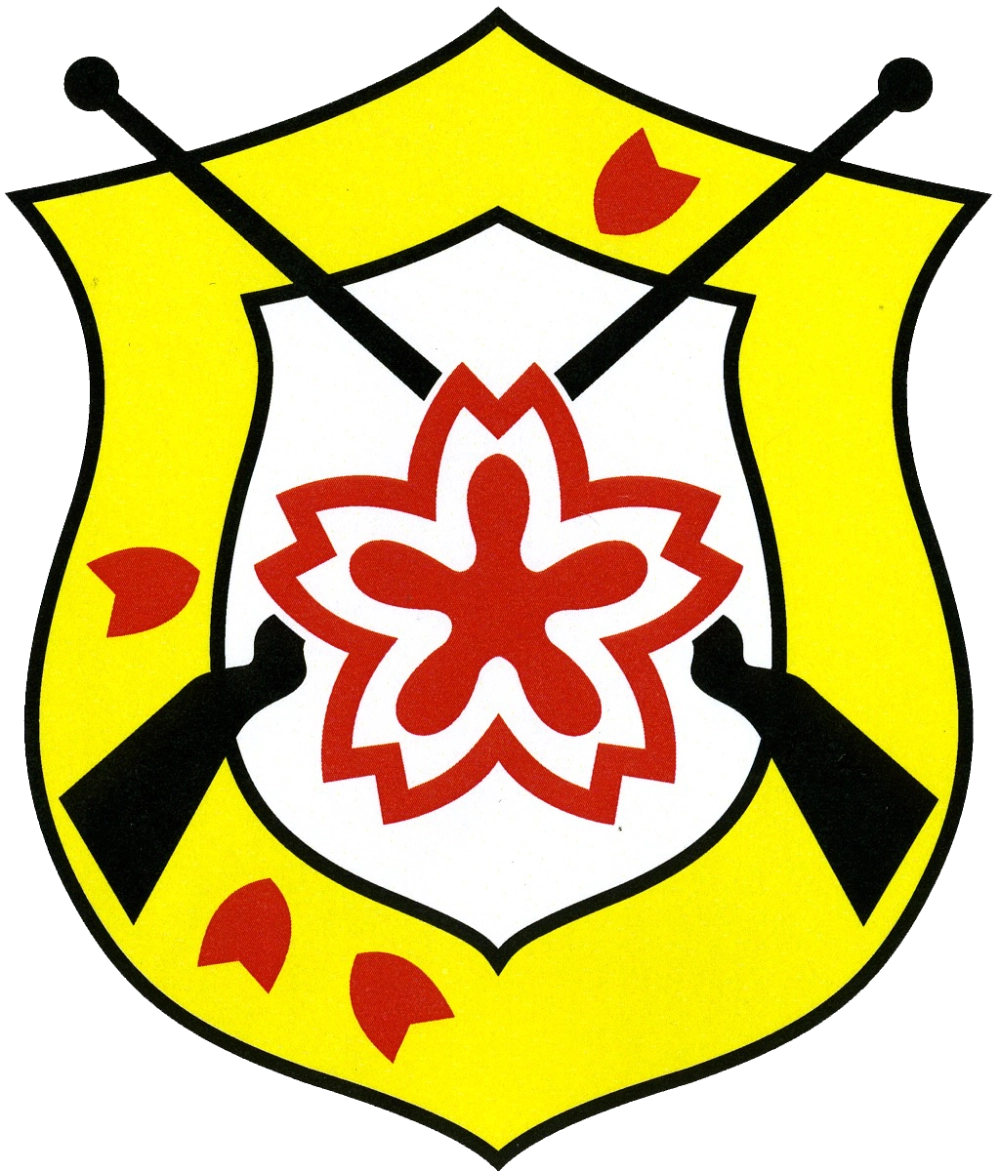Chapter 1. Theory of Jukendo and Tankendo
Translated by Miki Takashima edited on July 24, 2024
Budo, originating from hunting and conflict, have a long history intertwined with that of the Japanese people. From around the 4th and 5th centuries, when Japan was becoming unified as a nation, martial techniques gradually branched out into different areas such as ceremonies, arts, education, and sports. However, education on the fundamental aspect of the mind has always been closely linked with religious thought. Notably, during the Tokugawa era, Zen master Takuan’s fusion of the essences of swordsmanship and Zen, advocating the idea of “Zen and martial arts as one,” had a significant impact.
When we look into the exploration of psychology in Zen, the “Two Entrances and Four Practices” by Bodhidharma, regarded as the founder of Zen, is instructive. To master the Way, there are two methods: “Entry by Principle” (education through theory) and “Entry by Practice” (education through practical actions).
In teaching Budo, there are also these two methods: one involves establishing a theoretical basis to enhance the mind and then engaging in practical activities, and the other involves starting with practical activities and gradually comprehending the theoretical truths. Regardless of the method, the ultimate goal must be the development of the mind, technique, and body as a whole.
In Jukendo and Tankendo as well, it is crucial to ensure that practical education is underpinned by theoretical grounding, thereby enhancing the “mind” aspect through education. Below, I will outline the key theories necessary for Jukendo and Tankendo.
Concept-Part1
- 平常心 (Heijo Shin)
- 武道の四戒 (Budo no Shikai)
- 間合 (Maai)
- Read more…
Concept-Part2
- 三殺法 (SanSaPpou)
- 懸待一致 (Ken Tai Icchi)
- 勘 (Kan) – Intuition
- Read more…
Concept-Part3
- 手の内 (Te no Uchi)
- 冴え (Sae)
- 気合 (Kiai)
- Read more…
Chapter 2: General Provisions
1. Objectives
The objectives of Jukendo and Tankendo are to cultivate physical and mental strength through martial arts training, achieve athletic effects by enhancing physical and mental capabilities, develop competitive skills, and promote the growth of a sound mind. These objectives aim to contribute to the formation of dignified and refined individuals in society.
2. Training Approach
Jukendo and Tankendo are accomplished through the trinity of training as a path (Do), scientific theory, and rational practice. Practitioners should strive not to remain at the stage of mere techniques (jutsu) but should aim to advance to the level of “Do,” achieving personal growth and character development.
3. True nature of Jukendo and Tankendo
The true nature of Jukendo and Tankendo lies in Budo, which is a path to self-development through the integration of both physical and mental training. Practitioners must continuously cultivate mental qualities such as sincerity, politeness, faithfulness, courage, simplicity, strength, and self-discipline through regular training. They should always show consideration for a practice partner, maintain a dignified attitude of “not being arrogant in victory nor becoming servile in defeat,” and embody the spirit of “beginning and ending with courtesy.”
4. Unity of Spirit, Sword, and Body (Ki-Ken-Tai no Ichi)
In Jukendo and Tankendo, achieving the unity of fulfilled spirit, certain skill, and proper posture, referred to as “Ki-Ken-Tai Ichi,” is crucial. This unity should be attained through constant practice.
5. Unity of Theory and Technique
Practitioners of Jukendo and Tankendo must continuously refine their skills based on theories that align with logical principles and strive for progress through accumulated practice. They should inherit the traditions left by their predecessors while continually adapting and improving them to suit the times.
6. Mindset
The greatest caution in Jukendo and Tankendo training is against “arrogance.” Practitioners must strictly discipline themselves to avoid becoming conceited about their skills and should maintain humility, constantly reflecting and striving for mental and physical improvement.
7. Instructional Approach
Instructors of Jukendo and Tankendo should adhere to the objectives and pay attention to the following points to provide integrated guidance that helps learners comprehend the essence of these arts:
1. Foster a well-balanced personality without bias towards mind, technique, or body.
2. Emphasize gradual and steady training without rushing or becoming impatient.
3. Provide appropriate individual instruction tailored to the age, character, physique, skill level, and gender of each learner.
4. Ensure learners repeatedly practice necessary movements until they achieve the unity of mind, technique, and body.
5. Constantly remind learners of their goals and inspire them to train with motivation and passion.
8. Principles for Instructors
Instructors of Jukendo and Tankendo should embody sincerity and humility, strictly discipline themselves, and set a positive example for those learning Jukendo and Tankendo. They must establish a firm belief and value system regarding the martial art, and with passion and affection, provide guidance that is strict yet warm, influencing and guiding learners positively.
9. Safety Management
In Jukendo and Tankendo practice and matches, the following points must be thoroughly implemented to ensure safety management:
1. Inspect clothing, equipment, and mokuju/shinai to ensure they are worn and used correctly.
2. Conduct thorough warm-up and cool-down exercises.
3. Always return to basics and avoid practicing techniques that disregard fundamental principles.
4. Maintain a high level of mental alertness and seriousness.
5. Keep the practice area (dojo) tidy and organized.
6. Seek immediate medical treatment in case of injury or illness.
7. Enroll in sports group insurance when participating in competitions or training camps.
